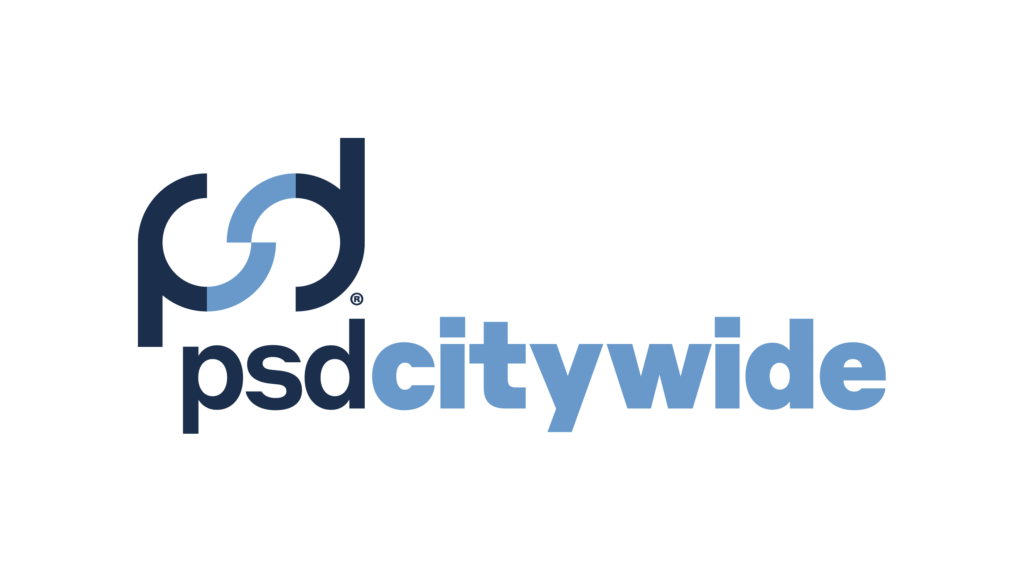As municipalities continue to modernize their infrastructure, the need for robust Enterprise Asset Management software becomes increasingly critical. But before diving into any specific features or options, it is essential to start with a fundamental question: What do you want the software to achieve for your organization? Establishing a clear end goal should always be the first step when evaluating any software, and this is especially true for Asset Management.
Start with the End in Mind
Municipalities often make the mistake of jumping into the software selection process without having a clear understanding of their long-term goals. Before considering any systems, organizations need to define the specific problems they are looking to solve. Municipalities could identify an array of concerns they would like to address, for example, the extension of physical assets, improving maintenance efficiency, reducing compliance risks, integrating financial planning, greater confidence in reporting, or budgeting more seamlessly.
Once these goals are outlined, another critical factor comes into play: time. How much time is the municipality willing to invest in reaching this goal? Some solutions are ready to deploy out of the box, but may lack customization. Others offer extensive customization but require significant time and resources for full implementation. Municipalities must balance their end goals with the timeline they are working within, ensuring that the chosen system fits their long-term goals yet realistic to the time it takes to implement, customize, and see results.
The Role of Enterprise Asset Management
In today’s municipal landscape, Asset Management is not just about managing physical assets in isolation – it’s about considering the entire lifecycle of those assets. This is where the concept of Enterprise Asset Management (EAM) becomes essential. EAM encompasses the full spectrum of Asset Management, from capital planning, procurement, and installation, to performance tracking, maintenance, compliance, risk management, and ultimately, asset disposal.
For municipalities, adopting an EAM approach allows for a holistic understanding of how assets function over time. The long-term view is essential for optimizing performance while minimizing costs. For example, proactive maintenance can prevent costly breakdowns, while better tracking of asset condition can inform more accurate financial forecasting. Ultimately, a comprehensive EAM approach helps municipalities to maximize the value of their assets throughout their entire lifecycle, ensuring smarter financial decisions and a more sustainable approach to Asset Management.
Consider Scalability and Modular Implementation
One common oversight in software selection is scalability. Often, municipalities focus on meeting their immediate needs without considering future growth. However, selecting a system that allows for modular implementation – where functions can be added over time – can provide much-needed flexibility, especially when working within budget constraints.
Scalable systems allow municipalities to adopt a phased approach, rolling out different features as needed and as budget allows. This also ensures that you are not overwhelming your staff with too many changes at once. Instead, you can implement critical components first, such as work order management or asset tracking, and introduce additional features gradually. This modular approach not only spreads out the financial burden but also gives your team time to fully adapt to the new system before expanding its use.
Seamless Integration is Key
Another critical consideration is the ability of the software to integrate seamlessly with other tools or as part of a truly unified platform. Municipalities typically rely on a range of systems for financial management, human resources, and maintenance operations. Ensuring that your new Enterprise Asset Management software can communicate effectively with these systems is crucial for creating a streamlined workflow.
Make sure that integration is part of your package. Hidden costs related to integration can derail your budget and complicate the implementation process. Prioritize systems that offer out-of-the-box integration with different departmental solutions or modules, as this will save time, reduce the need for additional resources, and ensure a more efficient transition. Remember, just because a software license is lower doesn’t mean it’s the most cost-effective. Many organizations get caught with expensive integration fees and service charges to make their systems talk with each other, so keep this top of mind.
Further, updates to integrations can be a headache long-term. When systems get updated, often the integrations between them are negatively impacted. This can be costly long-term to maintain so it is always best to opt for a solution that is part of a unified platform and less reliant on third-party integration tools.
Implementation: Who’s Handling It?
Implementation is also often overlooked during the selection process. Not all software providers handle implementation directly – some outsource it to third-party vendors. This can lead to communication challenges, increased costs, and potential delays in getting the system up and running. It’s important to know who will be responsible for implementing the software and whether they have a deep understanding of both the product and your specific needs.
At PSD Citywide, we offer in-house implementation, ensuring that the same team responsible for developing the software will be the one assisting with its deployment. This not only streamlines the implementation process but also reduces the risk of miscommunication or unexpected costs. When implementation is managed directly by the provider, you can expect a smoother, more efficient transition.
Budgeting for the Long-Term
At the core of all these considerations is the importance of budgeting. It’s easy to focus on the initial purchase price, but municipalities need to account for the long-term costs associated with maintaining, upgrading, and expanding the system over time. Choosing a scalable, modular system can help alleviate some of these budget pressures, allowing municipalities to make strategic investments over multiple years, while still getting the functionality they need.
By planning ahead, integrating software into existing workflows, and ensuring a smooth implementation process, municipalities can avoid unexpected expenses and set themselves up for long-term success. The right Enterprise Asset Management software isn’t just a tool – it is an investment that grows with your organization and supports sound financial decision-making for years to come. As such, these tips should be considered when choosing the right solution for your needs.
Are you seeking an Enterprise Asset Management solution? Perhaps you have challenges you wish to overcome or a set goal for improving your confidence with strategic asset decision making. Feel free to contact our specialists at PSD Citywide to learn more about building a long-term plan and our unique approach to delivering software solutions that are unique to your needs.



